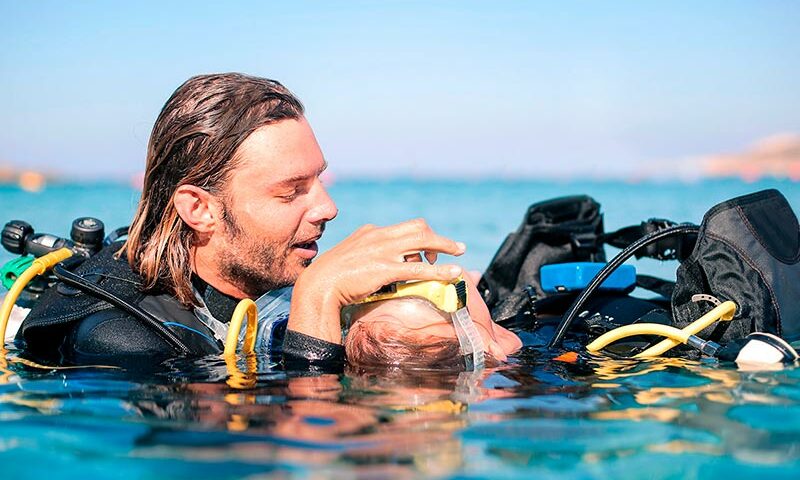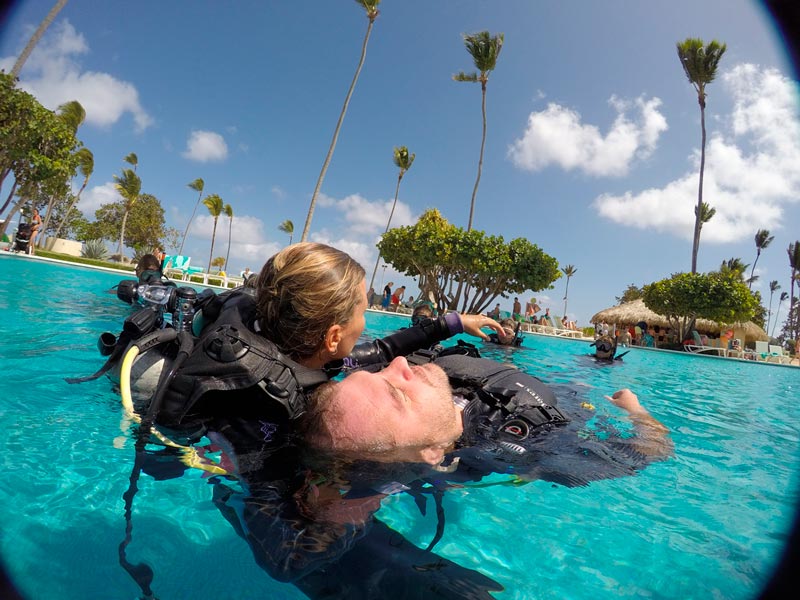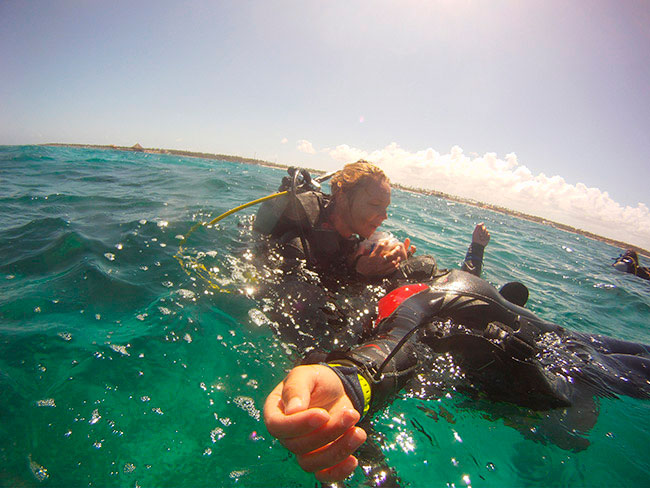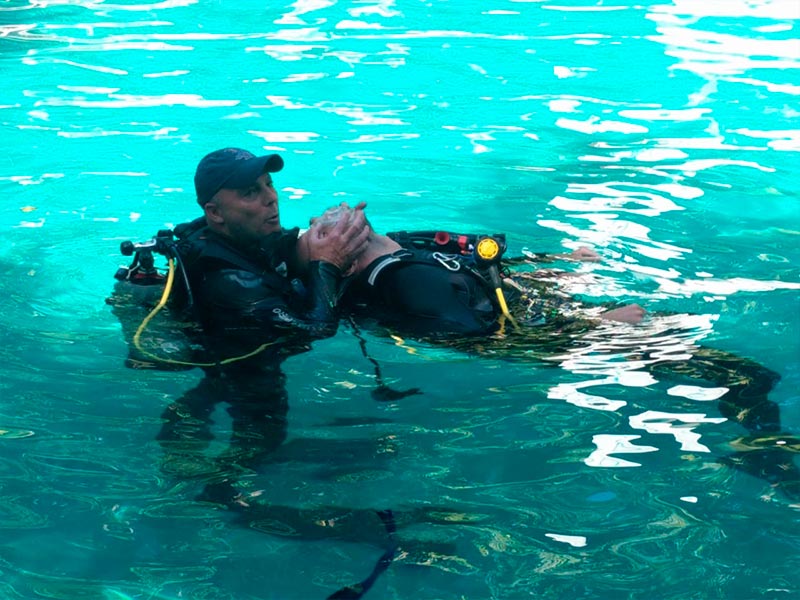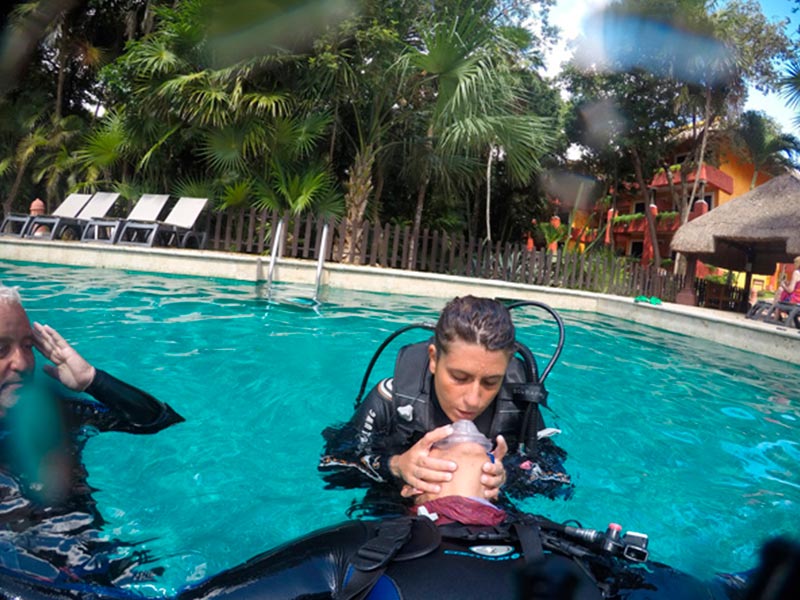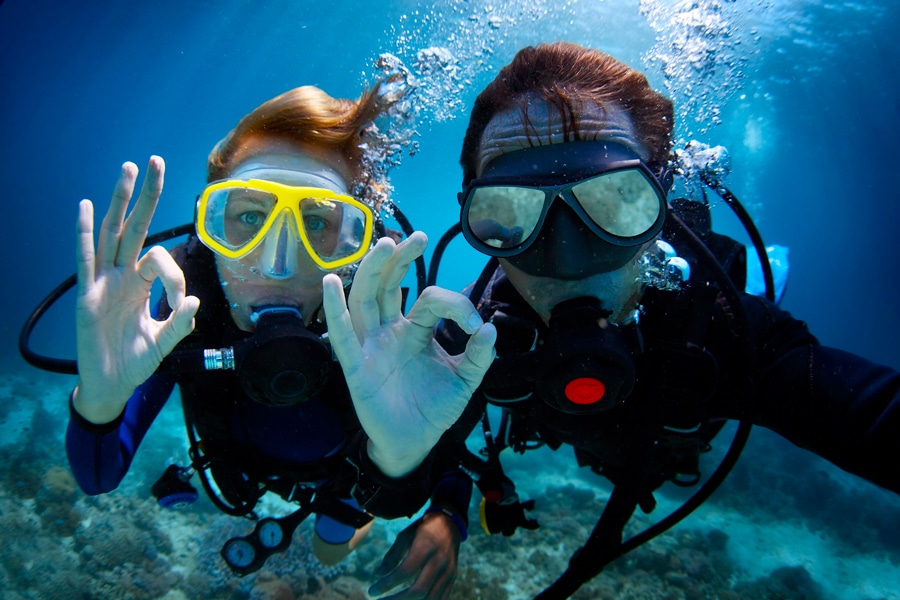You already know how to dive. You got your Open Water certification a while ago, maybe you’ve even nailed the Advanced course. And now, the Rescue Diver Course has caught your eye. Good on you!
But let’s get one thing straight — the Rescue Diver Course is a whole different beast. It’s not just another class. It sharpens your instincts, pushes you out of autopilot mode, and turns you into the diver everyone wants as a buddy.
This isn’t for people who are just into watching pretty fish go by. This is for the ones who want more.
Thinking about becoming a rescue scuba diver? Eyeing a rescue scuba diver career in the diving world? Or maybe you just want every dive to feel like you’re on a mission, not a guided tour? Then you’re exactly where you need to be.
This is about owning every single dive.
To get there? You’ll sweat a little (yes, even underwater — the scuba rescue diver course has its spicy moments). You’ll learn loads. You’ll laugh more than you expect. And at the end of it, you’ll walk out with your rescue scuba diver certification in hand and the confidence to handle whatever comes your way.
Whether it’s a lost fin or a dive buddy needing backup, you’ll be the one who knows what to do.
Bottom line?
Becoming a certified rescue diver is a mindset shift. Doing the rescue diver training will change the way you dive forever.
You don’t need to be a superhero. And honestly? It’s way more fun than you think.
Ready to start your rescue dive journey?




